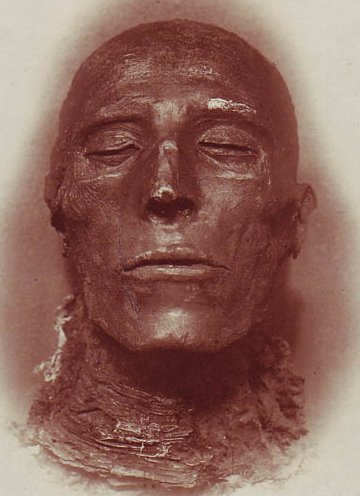
Sax Rohmer’s Daughter of Fu Manchu was originally serialized as Fu Manchu’s Daughter in twelve weekly installments of Collier’s from March 8 to May 24, 1930. It was published in book form the following year by Cassell in the UK and Doubleday in the US. Rohmer divides the novel into four sections comprising three chapters each. This week we examine the fourth and final installment.
The novel’s finale gets underway at a breakneck pace. Sir Lionel Barton has retreated to Abbots Hold, his estate in the English countryside. Sir Denis Nayland Smith and Police Superintendant Weymouth are there to oversee Sir Lionel’s safety as well as that of his right hand man, Shan Greville and Sir Lionel’s niece (and Greville’s fiancée), Rima. Dr. Petrie and his wife, Kara are delayed while both Shan and Rima are ill-at-ease locked up in Sir Lionel’s ancient and mysterious home with his requisite menagerie of exotic wildlife (including his pet cheetah).
Rima is rattled by the legends that Abbots Hold is haunted and is convinced she has glimpsed a ghostly cowled figure the night before. Both she and Shan are troubled by the gypsies who have camped just on the border of the estate. Her uncle’s many oriental curios (such as the lacquer cabinet in the sitting room) are also weighing heavily on Rima. She tries losing herself in a book but is bothered by the musty smell of the house and resorts to spraying the room with perfume.
That night, Shan is unable to sleep convinced the tapping he hears is Morse code. Investigating, he spies the ghostly cowled figure of a monk from the East Tower signaling to a figure in Sir Lionel’s room. Attempting to intercept the figure, he stumbles upon Sir Denis who is forced to take him in his confidence. Smith reveals he disguised himself as the ghostly monk and that he was communicating with Weymouth via Morse code. Neither man trusted Sir Lionel or Greville because they had previously been hypnotized by Fah lo Suee and Smith believes Fu Manchu’s daughter has infiltrated Abbots Hold. Sir Denis startles Greville by stating that now Rima can no longer be trusted as well.
TO CONTINUE READING THIS ARTICLE, PLEASE VISIT THE BLACK GATE ON FRIDAY.






.jpg)